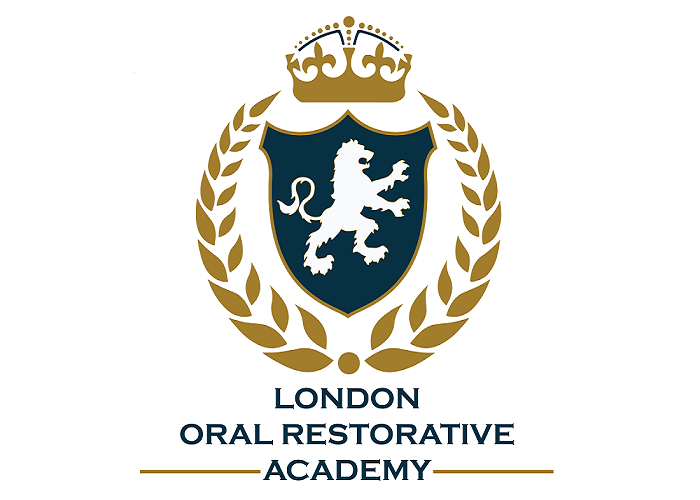Sheikh Bilal Badar
Aga Khan University, Karachi
Title: Age estimation of a sample of Pakistani population using coronal pulp cavity index in molars and premolars on orthopantomogram
Biography
Biography: Sheikh Bilal Badar
Abstract
Introduction: Various methods are described in literature for determining accurate age, one of which is coronal pulp index by using
dental radiograph.
Aim: The aim of present study is to determine the correlation between chronological age and coronal pulp cavity index in a sample
of Pakistani population.
Material & Method: Retrospective charts review was conducted in AKUH dental clinics at two months period in which a total of 332 teeth (178 females and 154 males) of Pakistani individuals were analyzed on panoramic radiographs using non-probability convenient sampling technique. Coronal pulp chamber heights and crown heights were measured in unrestored mandibular right and left first and second premolars, and first and second molars. These measurements were then used to calculate the tooth coronal pulp cavity index (TCI). Data was analyzed by using SPSS version 19. Independent sample t-test was used to assess bilateral symmetry of TCI for premolars and molars. Pearson correlation was used to assess association between chronological age and TCI.
Result: The correlation coefficient between chronological age and tooth coronal index was found to be -0.13. The correlation coefficient in males ranges from -0.03 (for tooth#44) to -0.47 (for tooth#47) whereas in females, the correlation coefficient ranges from -0.02(for teeth#44) to 0.41 (for tooth#46). However, tooth#47 in males showed some significant degree of negative correlation
(r=-0.47) and tooth#36 in females showed significant degree of negative correlation (r=-0.51).
Conclusion: This study shows that there is very weak association between age and TCI of any tooth in Pakistani population so coronal pulp index cannot be accurately used for age estimation of Pakistani population. Other methods should be used for accurate age estimation.

